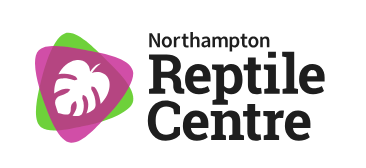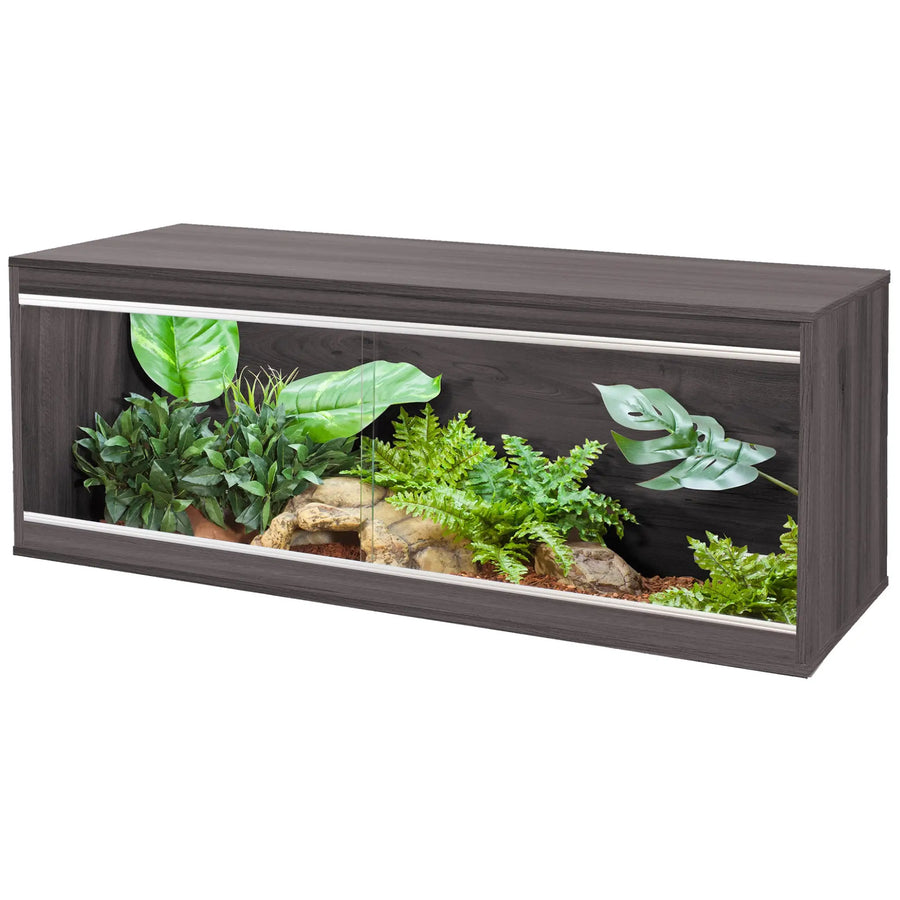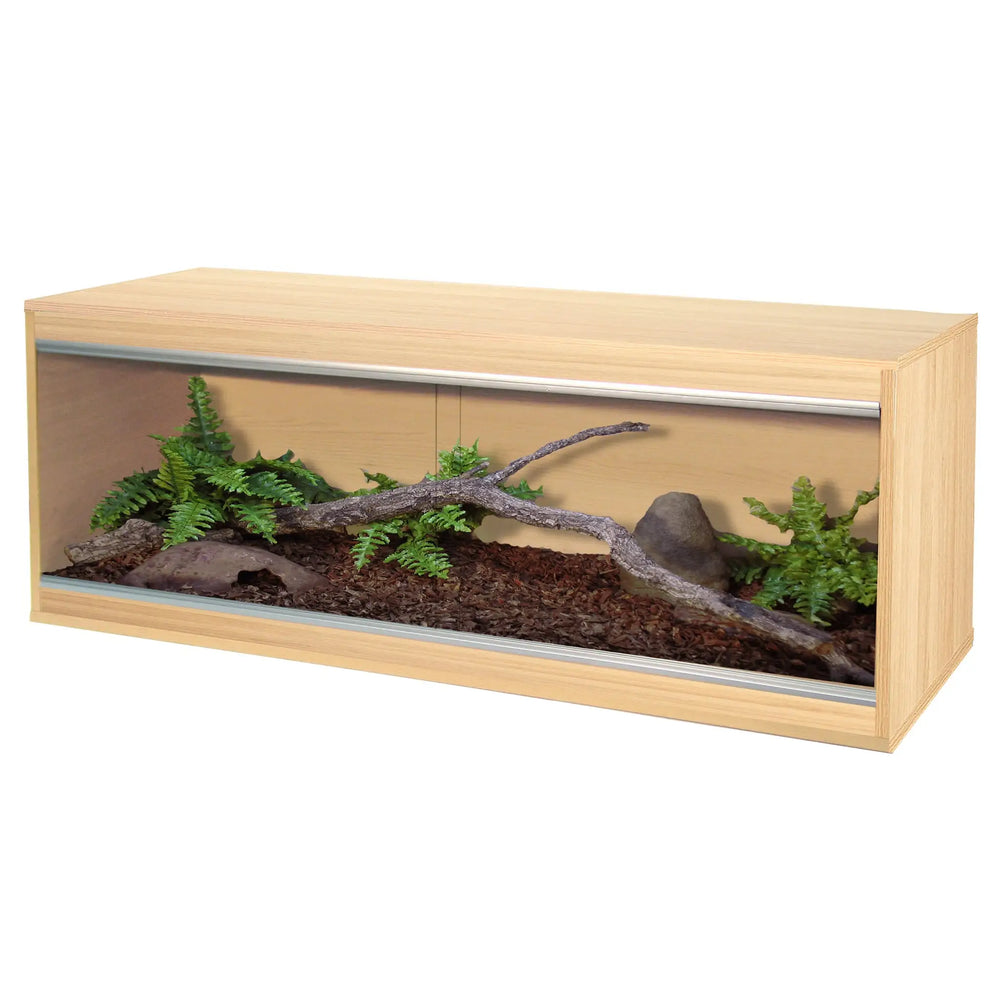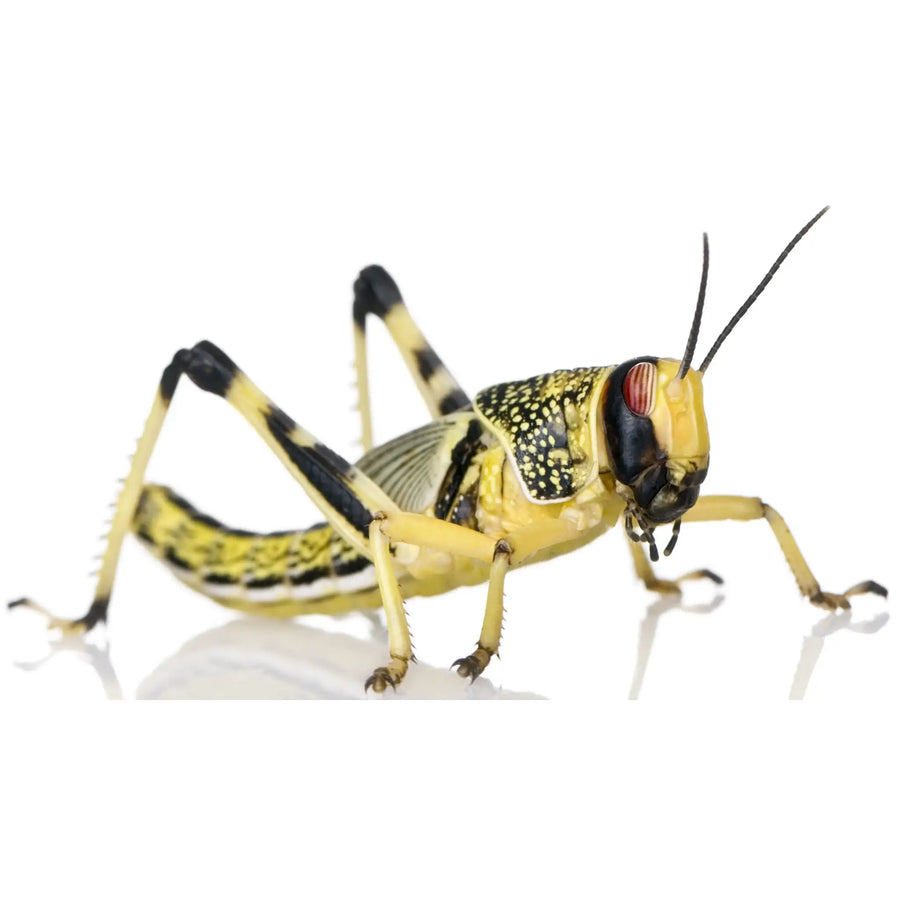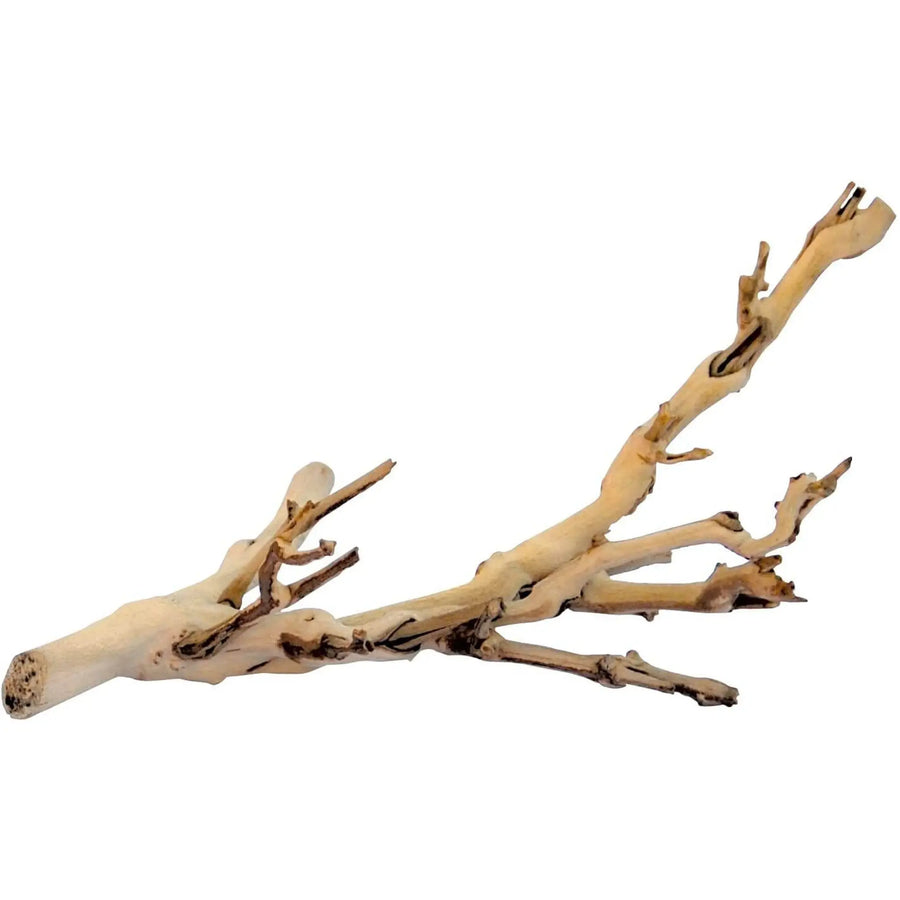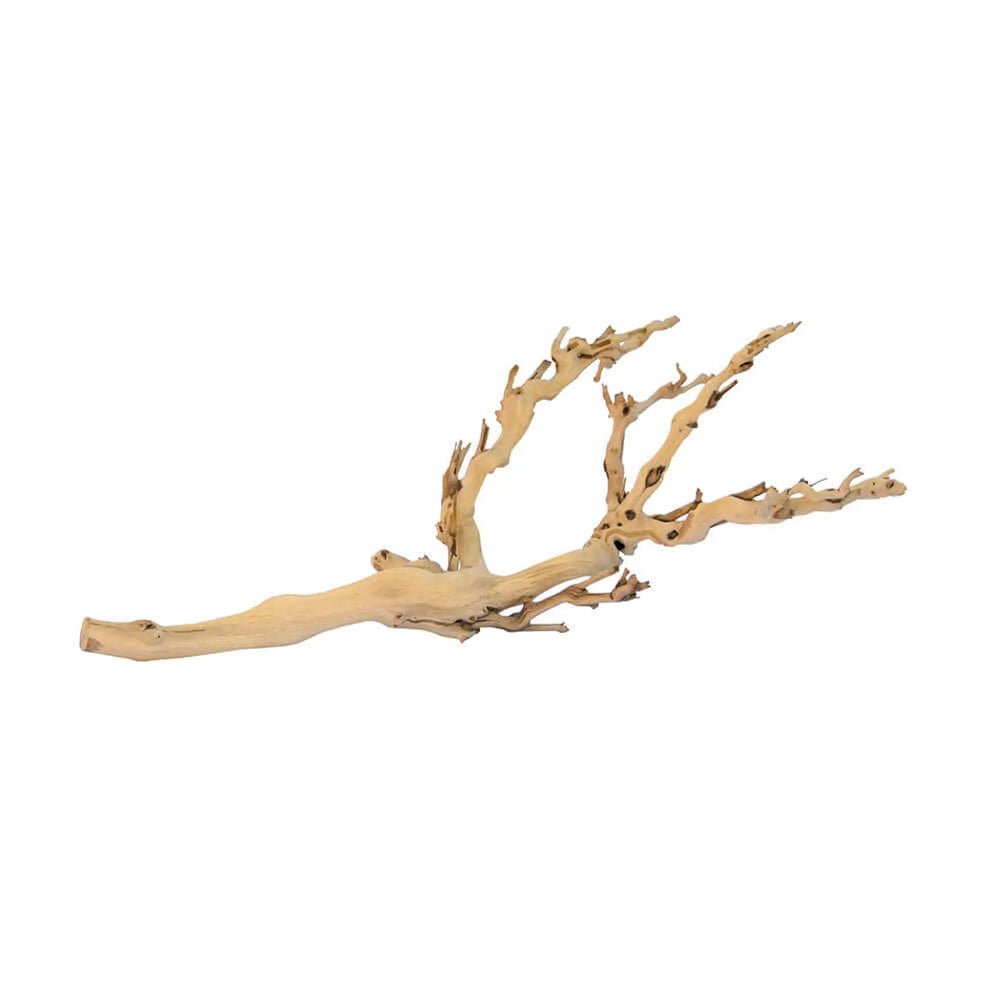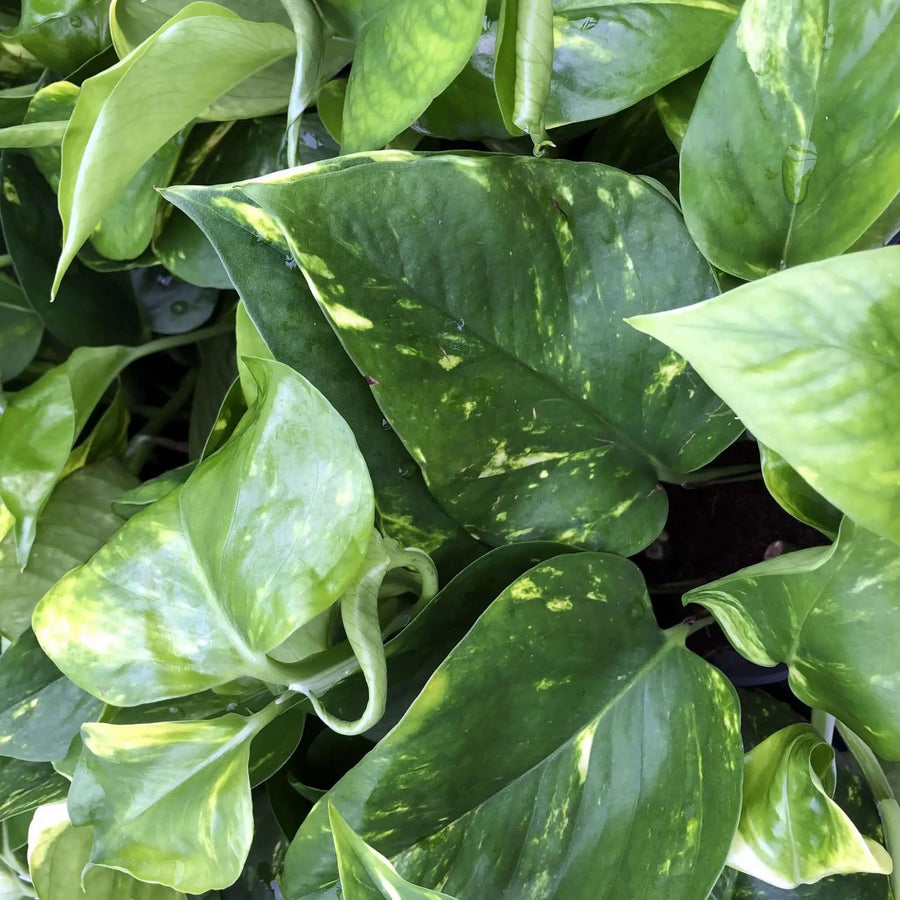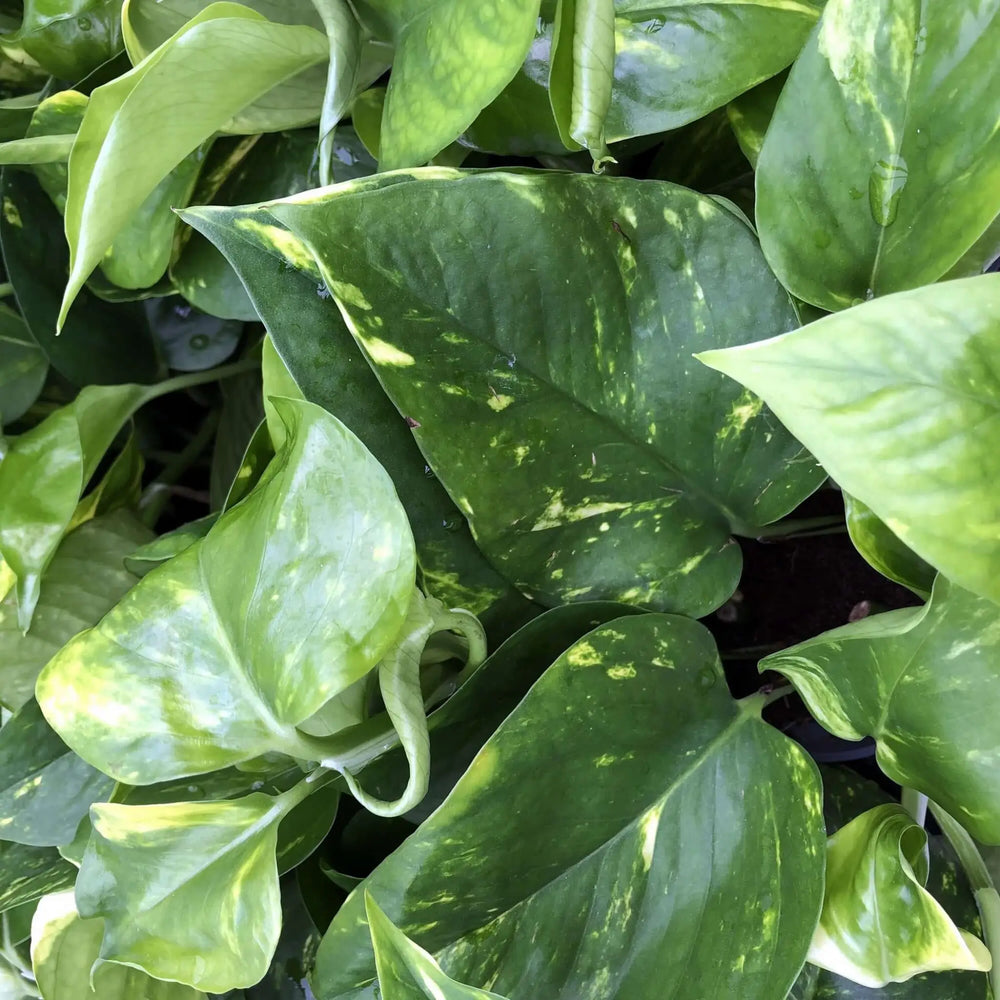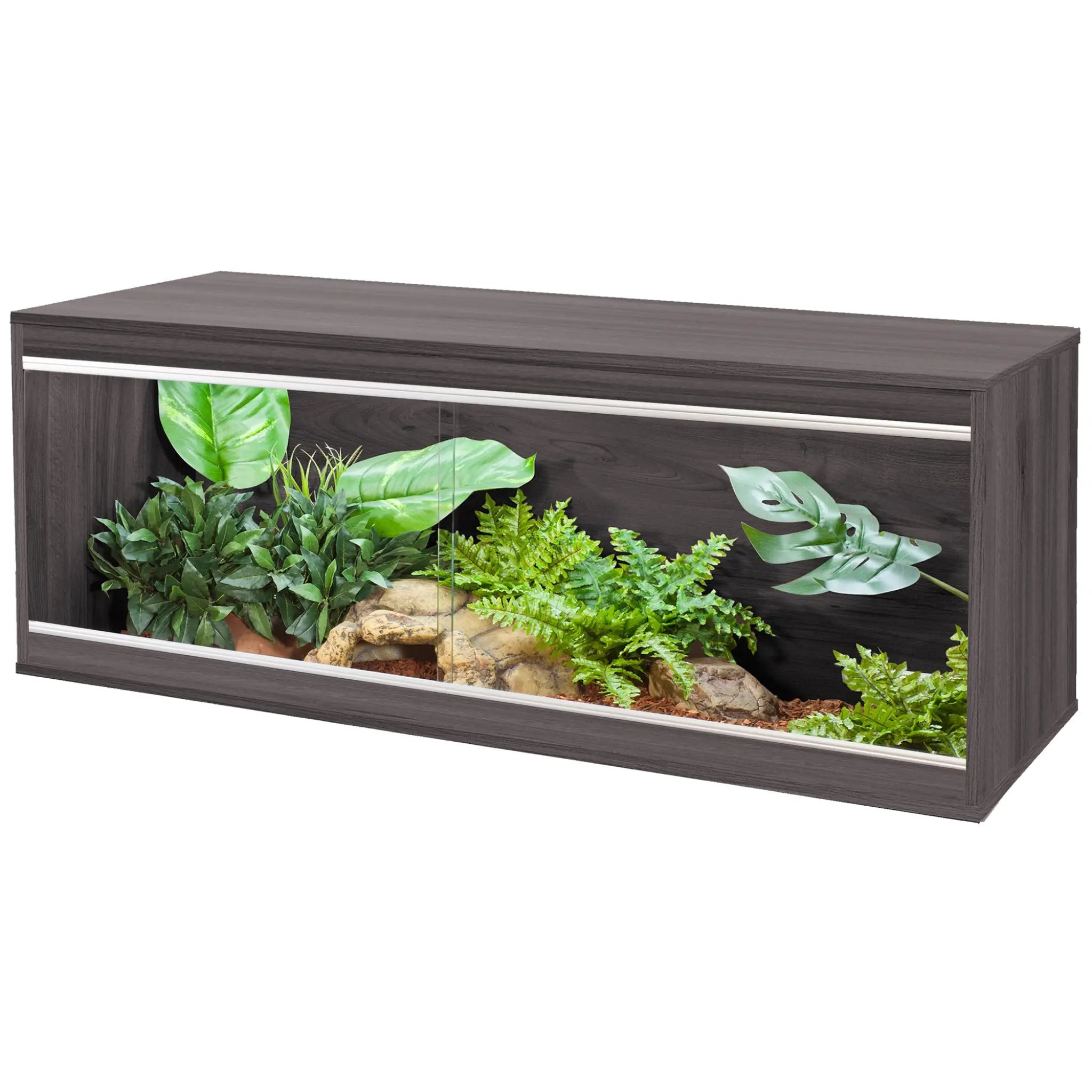
How to look after your live food
As we all know the healthier your live food is the better it will be for your pet reptiles and amphibians. Whether you are feeding crickets, locust or meal worms you will want them to last the longest they possibly can and contribute as much to our pet’s diet as possible. In this blog we will discuss the three most important factors to keeping your live food alive: a healthy diet, hydration and living space.
Diet is one of the most important factors in keeping and preparing live food. Essentially all of the good nutrition and supplements you feed your live food will naturally pass to your pet reptile or amphibian. A good organic diet will include salad leaves, soft fruits and vegetables (e.g. tomato and pepper), these can be dusted with supplements in small amounts allowing the live food to provide both minerals and nutrition to your pets diet. There are also complete powdered diets like ‘bug grub‘ which include all of the necessary components plus vitamins and calcium. As long as food is available 24 hours of the day your live food will not starve and should thrive, grow and perhaps even breed.

The main cause of death with live food is dehydration. Most reputable vendors will package their live food with a basic food based substrate but there is no easy way to provide hydration in the packaging. When at home the cheapest and most available option would be to fill a bottle cap with some water and put that in packaging to act as a small water bowl. You may find that depending on the size of your live food some may be drowning in the water bowl but in the big picture you will have improved your live food’s longevity by around a week. There are various gel based alternatives on the market which offer hydration without the chance of drowning but they require a small dish which isn’t really an option in such cramped conditions.

Once your set up with a source of hydration and you have already got your basic food substrate the next highest cause of death will be trampling and bullying. If not given enough space crickets and locust tend to trap each other, trample each other or simply attack and eat each other. To avoid this the best option is a larger flat plastic container like a faunarium or cricket keeper. These larger enclosures tend to provide more space and better ventilation for your live food and provided all other conditions are met (diet and hydration) should prevent your live food from accidentally trampling each other. Most live foods will not need specialist heating and as long as your storage space stays between the extremes (3-20C) your live food should not perish.
In a larger enclosure you have the option to implement different sources of hydration and food. Rather than using a bottle cap full of water you could use a small dish with bug gel which eliminates the risk of drowning. You also have the space to implement a dish of ‘gut loading’ foodstuffs increasing the nutritional and mineral value of your live food and ensuring your pet is getting the most nutritionally complete live food possible. By ensuring you are excelling in the three criteria you can expect your live food to live far longer. You will also be providing your pet with a healthier diet ensuring they are getting all the nutrition they require to thrive in captivity.
